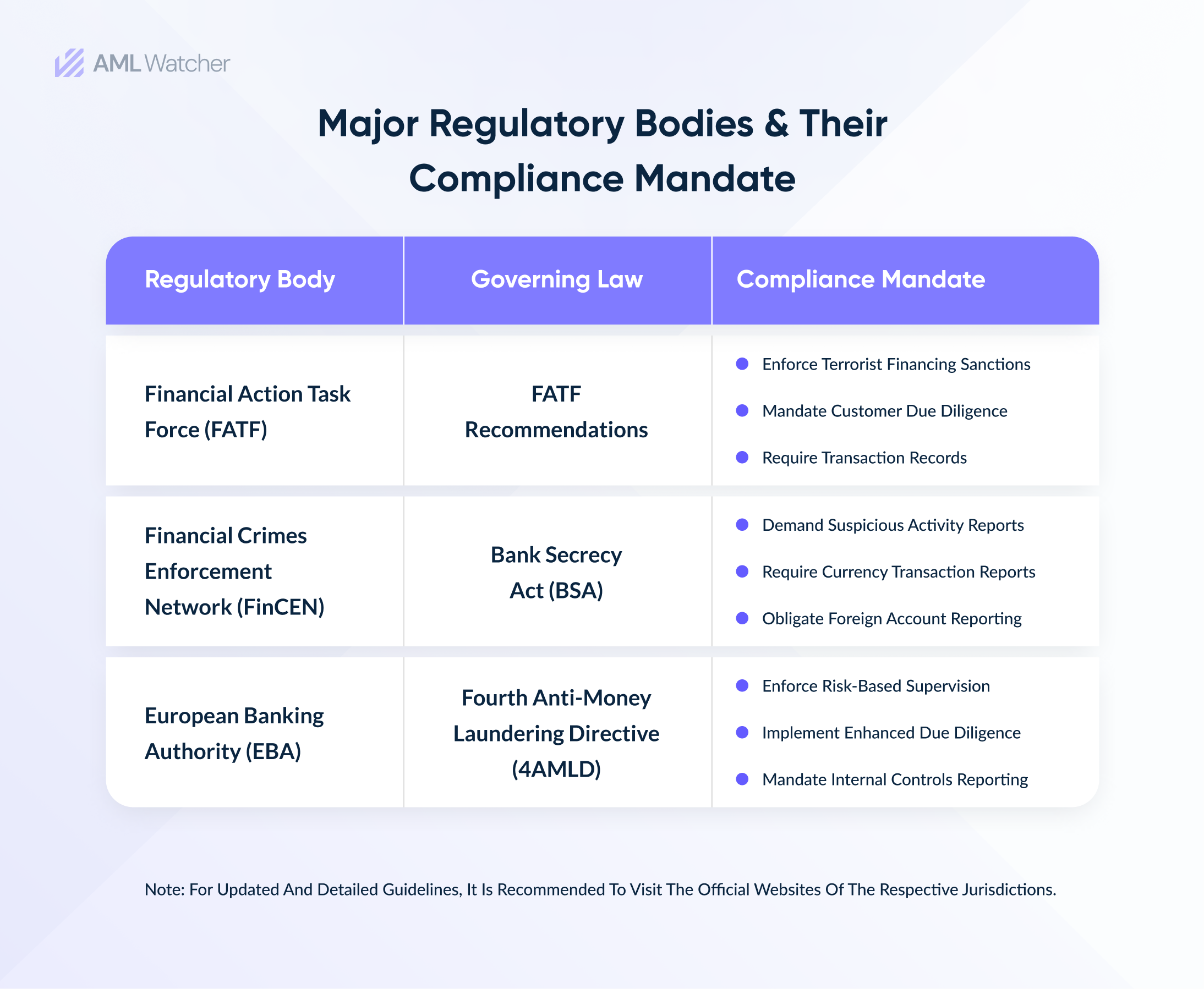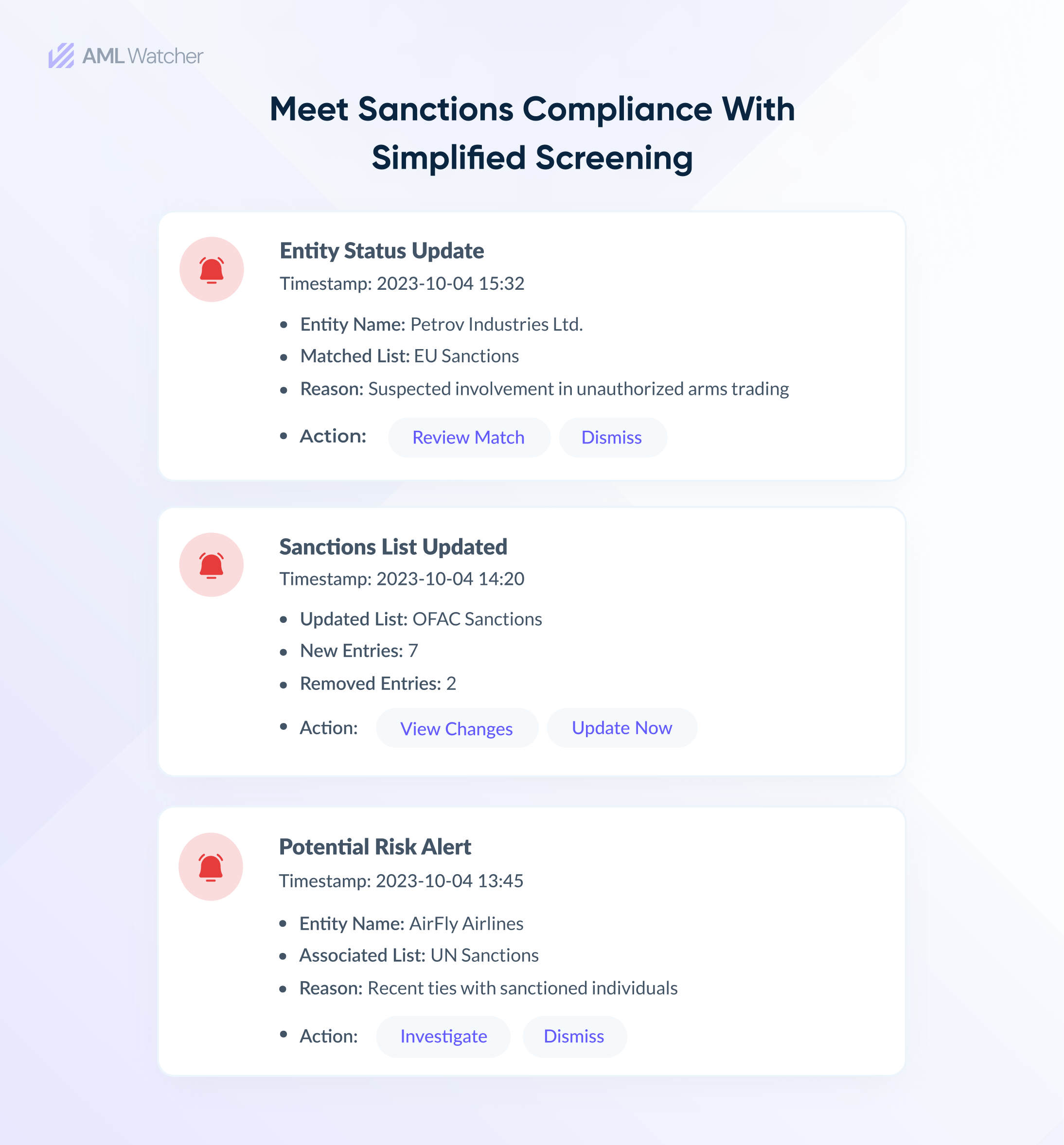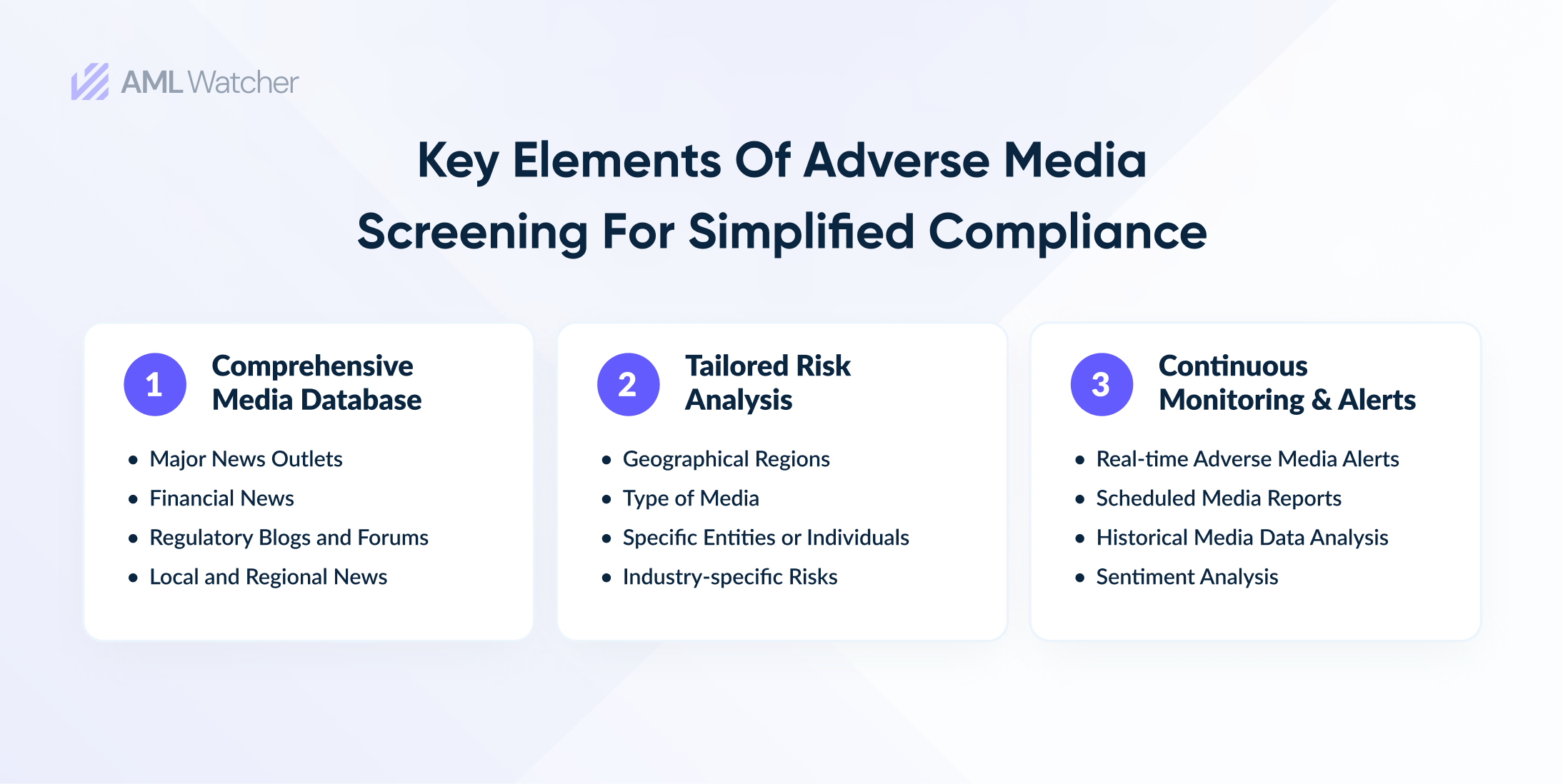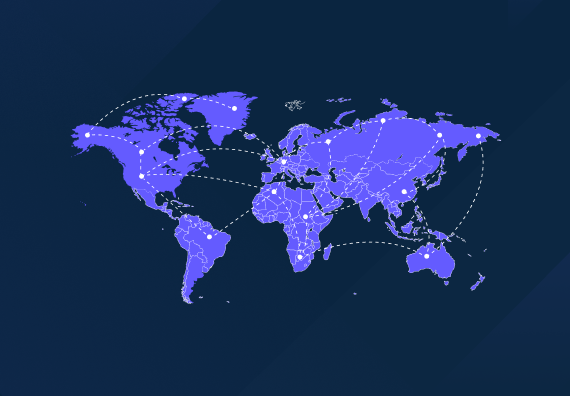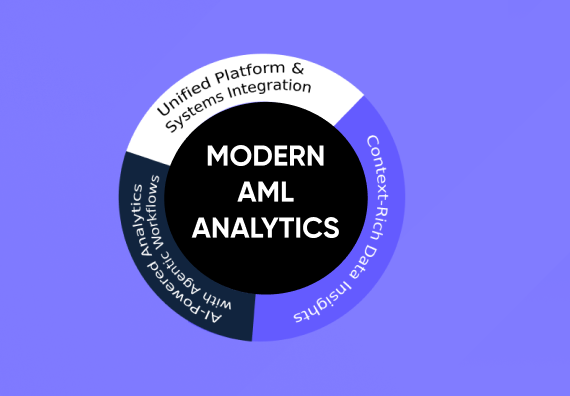
4 Game-Changing AML Solutions in 2024
Ignorance is no longer bliss because overlooking AML compliance caused corruption and money laundering to reach new heights in the year 2023 and the slope does not seem like falling any sooner. Transparency International’s latest stats on corruption tell us that around two-thirds of analyzed countries secured less than 50 scores out of 100, ironic, isn’t it?
The global efforts made to stem financial crimes demand every institution to employ anti-money laundering anti-money laundering solutions in compliance programs. Whether fear of non-compliance in terms of hefty fines and reputational damages or a sense of accountability, the global market value of AML digital solutions is predicted to hit $11.9 billion by 2030.
Anti-money laundering holds a prominent and significant spot under the umbrella of compliance in fighting against money launderers, financers of terrorism, tax evaders, and corrupt actors. To protect the integrity of global financial systems, anti-money laundering measures are coupled with KYC (Know Your Customer), KYB (Know Your Business), and KYD (Know Your Distributor).
Let’s dig deeper into an interesting triangle of escalating financial crimes, tightening regulatory web, and technological advancements that trigger the growth of digital solutions to screen out the corrupt actors and filter out grains from turbid waters.
3 Major Regulatory Bodies & Their Compliance Mandate
Findings of a systematic literature review on fighting against money laundering showcase that 60% of assessed regions (74/125 countries) were highlighted as high-risk countries for money laundering and financing of terrorism. The social and economic consequences of such predicate crimes motivated stricter regulatory stances and robust compliance demands from institutions in the regions.
Financial Action Task Force (FATF)
To combat the escalating crimes and the associated money laundering to clean the black money from those organized crimes, a global regulatory body named FATF was born in 1989. FATF with its globally recognized FATF Recommendations outlines the standard practices and suggestions to structure a compliance program. This set of recommendations aids institutions in fighting and detecting money laundering and associated crimes by employing a risk-based approach and vigilant reporting mechanisms.
The Financial Crimes Enforcement Network (FinCEN)
Aimed to promote national security and curb the exploitation of financial institutions for money laundering and terrorism in different forms, FinCEN was established in 1990 under the Department of Treasury, United States. Advocating and endorsing the Bank Secrecy Act (BSA) to fight financial crimes in the region, FinCEN regulates financial institutions (FI) in helping law enforcement bodies. The regulatory body requires FIs to report transactions exceeding the threshold of $10,000 which could significantly lead to money laundering and financing of terrorism.
Note: How does BSA/AML empower institutions to fight against predicate crimes? Explore here.
The European Banking Authority (EBA)
Under the European Union (EU) supervision, the financial sector of Europe is regulated and maintained by the EBA. Established to promote a transparent and regulated financial ecosystem, EBA mandates the Fourth Anti-Money Laundering Directive (4AMLD). Under the law, EBA requires financial institutions to employ strong AML measures including due diligence, clear documentation, and need-based pertaining measures.
The increased regulatory scrutiny along with escalating crimes conducted through sophisticated and concealed ways ask institutions to come up with equally efficient compliance measures. The RegTech industry has transformed the ways one can build a defense against corrupt actors, however, what are those other strategies that have become non-negotiable to be implemented? Let’s dig into it.
Note: If you want to know how RegTech is refurbishing AML compliance in 2024, the article serves the purpose.
3 Remarkable Strategies to Meet AML Compliance Needs
Is technology all that we need to curb money laundering and associated financial offenses shattering the foundation of global economic integrity? A human intelligence-driven technology can be the appropriate answer but let’s not limit there. Elevated problems require advanced solutions.
Cross-collaboration is One of the Keys
“Banks are typically seeing these (schemes) before law enforcement is. We are providing a lot of details to them,” said James Cummans, Director of BSA, Compliance & Fraud. The statement empowers the idea of cooperation between law enforcement agencies and financial institutions on varying criminal acts to launder their illicit proceeds. Every new day exposes the tactics of launderers to pollute the financial system which demands banks and regulatory watchdogs to collaborate through effective and transparent communication.
Internal Controls Form Structured Compliance Systems
Collaboration with compliance agencies brings awareness on how a financial system can be posed to money laundering while internal controls define how that information is going to be handled. Is your compliance system robust enough to cater to such financial threats?
People and policies play a key role in designing an effective compliance system. The need of the hour is to build a standardized platform for banking systems to efficiently monitor transactions and share information with other banks.
Regular training of compliance forces allows institutions to maintain compliance accountability in their workforce and be aware of varying compliance standards to meet regulatory demands. The front-line accountants in any bank or business should be trained to detect suspicious activities that could be potential money laundering attempts.
Technology is the Future of AML Compliance
The significant element of compliance, technology has intervened in the war of tug between regulators and financial crime actors and facilitated institutions with solutions that help in detecting and preventing a potential crime. That’s RegTech for you. The technology-driven solutions to strengthen FCC (financial crime compliance) enable institutions to not only decrease their AML compliance cost but also improve their operations in the longer term.
Let’s delve into the game-changing automated AML solutions that once implemented, can help you achieve compliance goals.
4 Key AML Solutions That Define Compliance Efficiency
The cooperation of Team Good Guys (regulatory bodies, financial institutions, and law enforcement agencies) is imperative to fight this fueling war against corrupt actors who use every means to legitimate their illicit proceeds. How can one ensure to not let such factors infiltrate through financial systems while maintaining smooth business operations? AML screening is the way forward.
Sanction Screening
To protect national and international peace, global regulatory bodies inhibit institutions to do business with entities and countries sanctioned or blacklisted. The regulatory requirement is to screen out such entities before allowing them to perform heavy transactions and stop money laundering and potential financing of terrorism.
Sanction screening is performed during onboarding processes ensuring enhanced due diligence and maintained throughout the customer relationship by ongoing monitoring. Compliance officers need to stay updated on the changes in global sanctions lists to meet dynamic regulatory expectations.
Violations of sanctions compliance have cost institutions billions of dollars along with reputational damages. Sanction screening is the key to your business success if it deals with high-profile foreign clients from controversial regions.
Below is a comprehensive display of how sanctions screening tools help institutions detect possible AML threats.
PEP Screening
History has seen massive corruption by public officials who abuse their power for personal interests and launder their tax-evaded money by shredding the very fiber of financial systems. Politically exposed persons (PEPs) are considered a key AML risk when onboarded. Institutions are required to perform PEP checks while onboarding politically influential persons and their associates along with enhanced due diligence and continuous monitoring.
Not all PEPs are financial criminals but the chances of a financial criminal being a PEP is always higher. Therefore, a strict screening of PEPs is recommended and expected by the regulatory authorities. The absence of robust measures can cost both economies and financial sectors a lot. The 1MDB scandal is a living example of that very incident.
Note: Explore complex PEP networks and how efficient PEP checks can help your business meet regulatory demands.
Adverse Media Screening
A proactive approach to seeing and managing AML risks associated with high-profile clients or those who are in the limelight of the media is what adverse media screening facilitates. The negative news checks allow institutions to adopt due diligence measures according to the risk level and hence, aid effective risk management.
An efficient adverse media checking tool operates on sentiment analysis that helps in detecting misleading news and navigating through the pool of information available on digital platforms. Staying informed is not just a supplementary thing but an undeniable need of the compliance world where keeping an eye on every element is crucial whether it’s a piece of unpublished news or a rumor spread on social media.
Watchlist Screening
The elevated crime rates and delicate economic threads require a perfect balance of reliable customer relationships while maintaining uncompromised compliance. Knowing your customers and the AML risk they bring along is crucial, watchlist screening does that for your business. Looking through global lists of blacklisted or sanctioned, or corrupt actors enables institutions to streamline their operations with ever-evolving compliance needs.
Screening from a set of lists or specific lists such as wanted lists, fraud warnings, disciplinary actions, and restricted and denied party lists empowers your compliance efforts and results in resilient risk management.
What Do Businesses Need Other Than AML Solutions?
A regulatory crackdown on AML violations in the year 2023 has witnessed an acceleration. The magnitude of the statement can be understood by looking at the stats of AML remedies collected by the SEC (Securities and Exchange Commission) only, totaling $4.94 billion. This despairing state of affairs makes me ask if employing an AML service provider is enough or if there is anything else we still need to look for.
A sense of accountability and willpower to see a financial ecosystem with its integrity intact seems to be a legitimate motivation behind fostering a culture where compliance does not look like a burden or competition but a key element of the business world.
Learn more about the compliance world and its dynamic needs by visiting AML Watcher, a reliable compliance partner.
We are here to consult you
Switch to AML Watcher today and reduce your current AML cost by 50% - no questions asked.
- Find right product and pricing for your business
- Get your current solution provider audit & minimise your changeover risk
- Gain expert insights with quick response time to your queries
